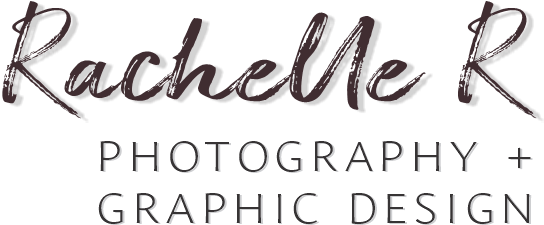As a photographer and graphic designer with a background in Architecture, that education greatly influences the style of my work. In Architecture, an organizing thought or decision behind and architect’s design is known as a parti. The term actually started from the 15th century French, in which “parti pris” meant “decision taken.” Like Architecture, photography and graphic design decisions regarding composition have to be made initially before a project begins. Those decisions govern the direction and scope of a project.
When setting up a photography shoot, many factors need to be considered. It starts with the purpose of the shoot which impacts the overall approach and sets the tone of the comprehensive setup. Whether it’s portraits, headshots or some special event, each can have a different plan of attack. Location and time of day also are very important. Reasons for a specific location are obvious. Time of day, on the other hand, is based on not only when the client is available, but also greatly influences lighting when shooting outdoors. Other parts of the shoot to be considered are the background, type of lighting (natural or flash), amount of shot that is in focus (depth of field), portrait or landscape format (vertical or horizontal), whether to incorporate foreground elements or other items that can be used as leading lines or framing of the shot, and finally, the actual camera settings. So, there is actually a lot of details that develop the composition of a shot.
Composition in graphic design starts with determining the type of image and its purpose, what it will be used for. Every project has a “feel” and the design needs to match or compliment that feel. A feel is a look that defines the character, it sets a mood. For example, a cowboy has a different feel/look than a princess does. The same thing is true for graphic design. To accomplish this, graphic design utilizes various components of design such as text, colors, textures, positive/negative space, etc. These set and ultimately define the feel/look of the content in the image to be presented. Text selection is influenced by project purpose, whether it’s masculine/feminine in nature, and most importantly, legibility because if it doesn’t read, it’s worthless. Colors are affected by temperature, warm and cool, and when using more than one color, colors need to be complimentary, not in conflict or tension with one another. Background of media, forms color determination because again colors need to be complimentary. Light colors do not read well on lightly colored backgrounds, and vice versa. There needs to be contrast between the elements. Textures give graphics depth so they aren’t flat and they add more interest to draw the viewer into the composition. Lastly, positive/negative space for the viewing of the piece define the elements and how they read. Positive space is formed by the design elements, the content of the design and it needs to yield a hierarchy in the content presented, while negative space is formed by the blank space. Not enough negative space can result in designs being busy and subsequently, hard to read.
As it has been discussed in my previous blog posts, when photography and graphic design are combined and the concept of each are decided/composed from start to finish, the utmost impact can be achieved. The project becomes coherent and reads as the photographer/graphic designer intended as the viewer views the composition. Although photography and graphic design are not typically defined by the concept of parti, the design principles, intent and decision-making process are similar to the application of a parti in Architecture. Every composition, albeit in photography or graphic design, they should both have forethought into the project as to how it is created and developed, if the most powerful impact is to be achieved. The intent should ultimately be revealed to the viewer, so the viewer’s eye is directed through the piece and an understanding of the composition is achieved, revealing its purpose.
